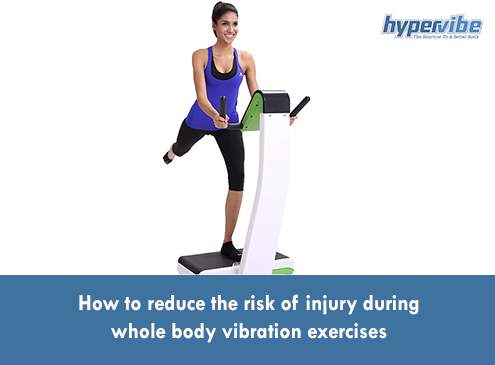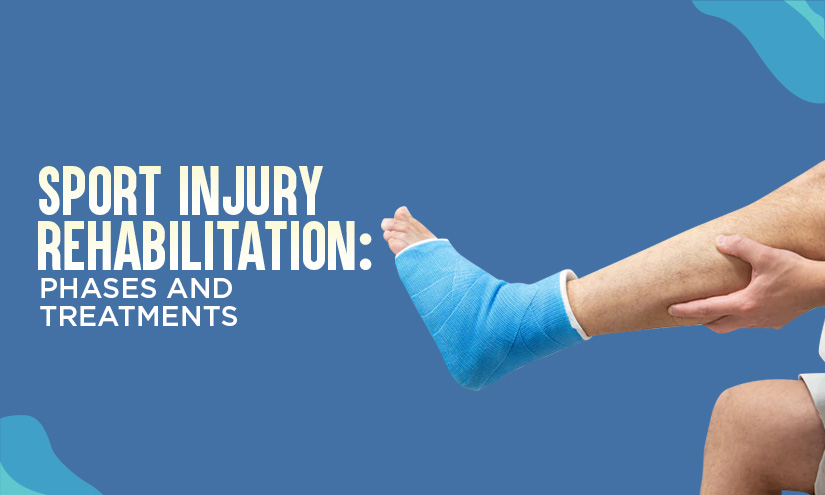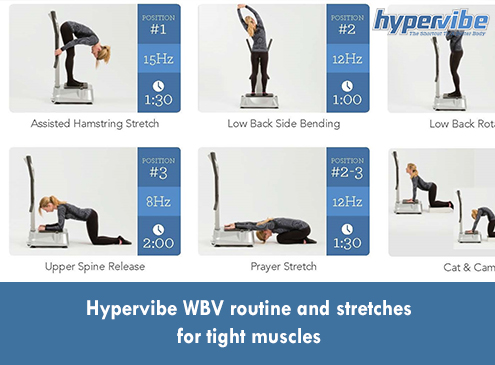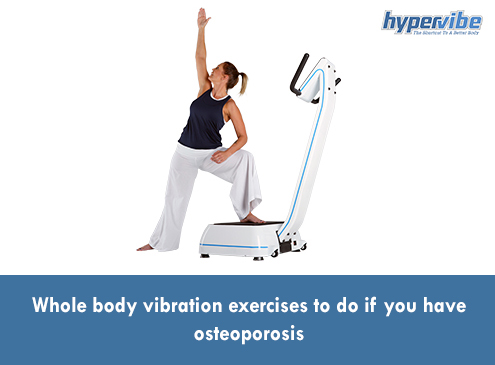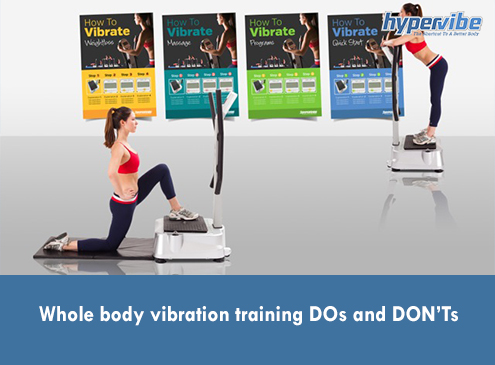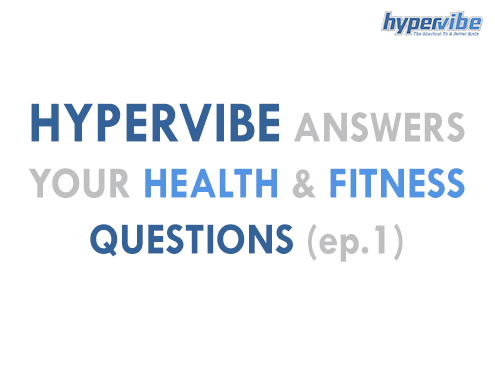Lower Injury Risk During WBV: Key Tips
One of the main reasons people avoid whole body vibration is the fear of getting injured. Because of the false advertising and misconceptions surrounding this form of training, a lot of people prefer to stay away from a type of physical activity that is proven to provide numerous health benefits and contribute to better fitness performance.
Here’s the thing: you can get injured while running; you can get injured while lifting weights, and you can get injured while swimming, doing whole body vibration, playing tennis, or doing any other form of exercise. No exercise is without risk, so if you’re looking for that one type of physical activity that will help you get slimmer, more toned, or stronger with no risk of injury involved, I’m afraid you’ll have to keep searching.
Yes, you can get injured while exercising on a whole body vibration machine just like you can get injured while running, but this doesn’t mean you should avoid physical activity, it just means you have to learn who to avoid injuries and reduce the risk. So here’s what you should do to train safely on a whole body vibration machine.
1. Before increasing the intensity and frequency, warm up
Before lifting weights you spend a couple of minutes warming up, so you should do the same before getting on your whole body vibration platform. This form of training requires your muscles to work hard so the risk of injury is lower if you stretch them during a short warm-up session.
Keep the frequency lower and allow your body to get used to the vibration; this warms up the muscles, makes the tissue more flexible, increases circulation, and the lubrication of joints, preparing your body for the workout. You can warm up in the standing position, but it’s even better if you do some stretching exercises for the major muscle groups, such as the ones below.
You don’t have to do each exercise for 1 minute; 30 seconds are enough if you’re just warming up. You can use the same movements for cooling down once you’re done with the actual training session, and you can repeat this routine after a conventional weight lifting or cardio session.
2. Keep your core engaged, back straight, and knees slightly bent
You will hear these rules every time you step on a whole body vibration machine because they’re essential for avoiding injuries and doing the exercises with proper form. Your knees should be slightly bent because this helps your body absorb the vibration more efficiently and reduces the level of head vibration while protecting your knees, hip joints, and spine.
How much should you bend your knees? There isn’t a standard position, you will have to listen to your body and find that position that feels comfortable and stable. Some people may have to go lower, almost in a squat, while others will keep their knees only slightly bent. This depends a lot on how your body is built, how flexible your muscles and joints are, whether your spine is deformed or not, how much weight you carry in your upper body, how strong your leg muscles are, and so on.
Why is it necessary to contract your abs and keep the back straight when doing these exercises? Because you want to protect your spine and work those core muscles during the entire workout. Vibration training is similar to weight lifting: it places a load on your muscles and bones, and your body has to work against a resistance force. So the safety measures that apply to conventional strength and weight lifting workouts should be applied to WBV sessions as well.
3. If your blood sugar levels oscillate, have a snack 30 minutes before training
Eating a full meal before getting on a whole body vibration machine is not a good idea, but having a small snack like a protein bar or a banana, 30 minutes before training, is recommended if you know your blood sugar levels tend to drop while exercising. Also, staying hydrated is recommended. Not drinking enough water can cause headaches and dizziness, because vibration training is intense and will make you sweat, so you will eliminate water.
If you don’t feel like snacking before the workout, make sure to carry a small bar or a sugary or sports drink with you at the vibration training studio. You may not need it at the beginning, but if you do 10-15 minutes of whole body vibration exercises and continue with some cardio movements, you may need to replenish your energy reservoirs and have a small snack post-workout, to restore your blood sugar levels.
4. Lower the frequency during upper body exercises
Yes, training at higher frequencies provides faster and more noticeable results if your purpose is to build stronger muscles and to tone your body with whole body vibration, but increasing the frequency is a bad idea during upper body exercises. Too much vibration can cause dizziness and make the symptoms worse if you have balance issues or suffer from ear conditions.
To keep the risk of injury at a minimum, reduce the frequency while doing exercises for the upper body. Also, avoid keeping your head too close to the machine. If you do planks, for example, you can put your feet on the machine and palms on the ground, and if you do push-ups, keep the back straight and head in line with your spine.
Follow these recommendations to reduce the risk of injury while exercising on a whole body vibration machine, and if you have questions, post them below or on our Facebook page.
